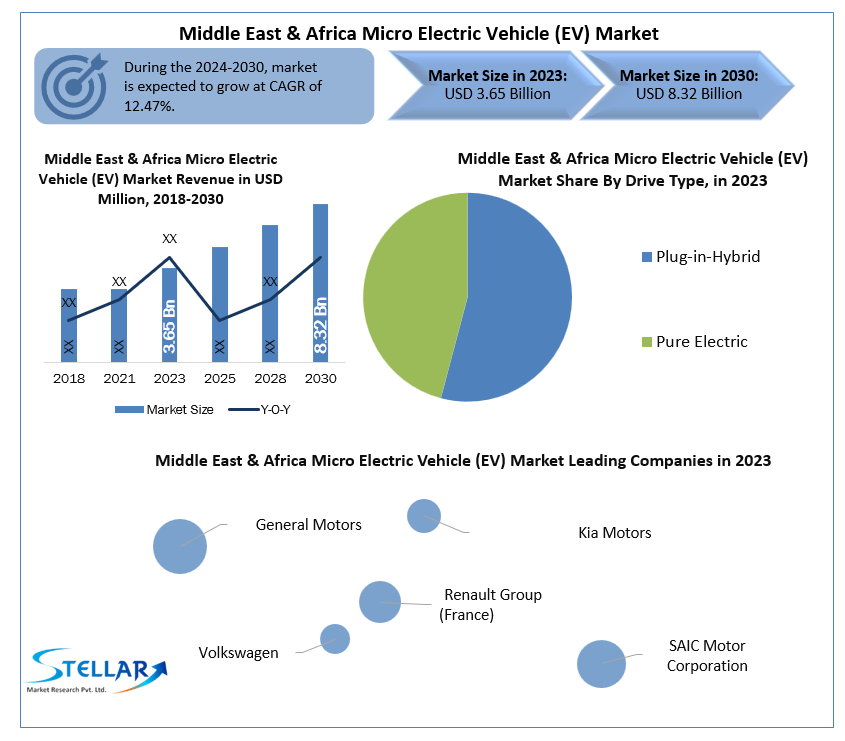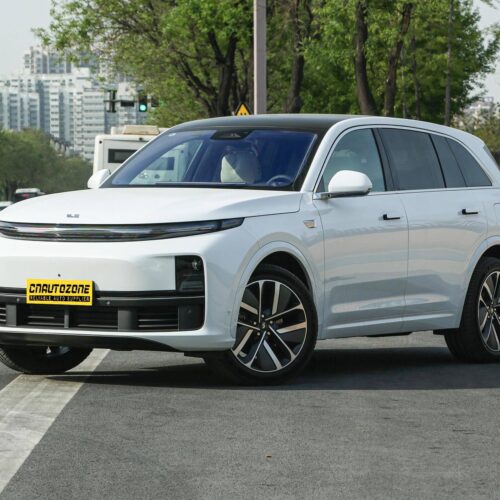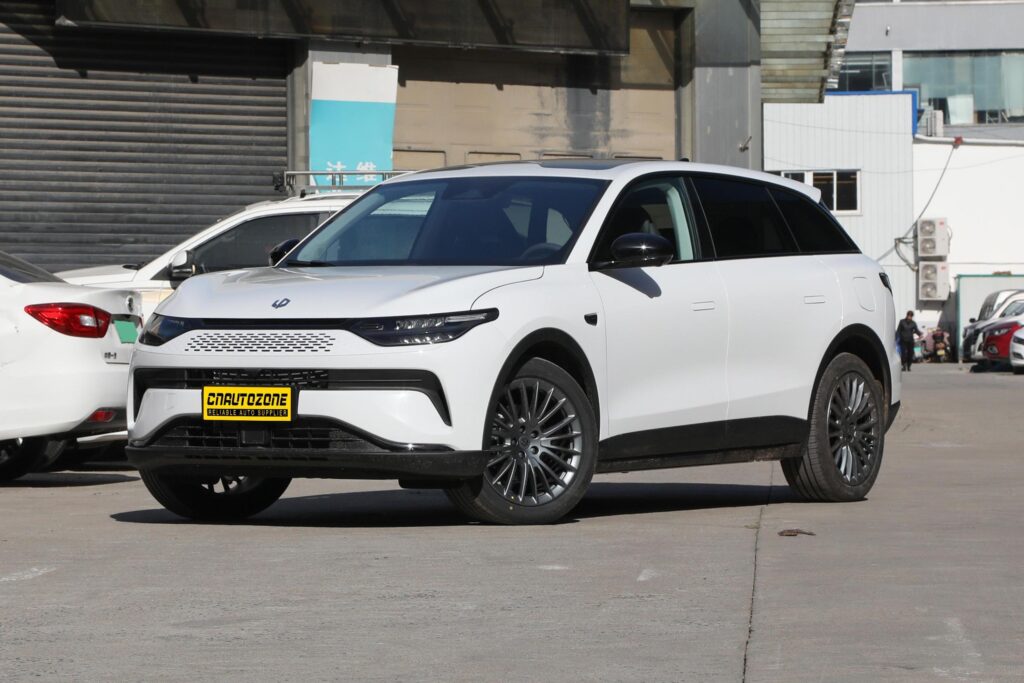Introduction
The global automotive industry is undergoing a transformative shift towards electrification, driven by environmental concerns, technological advancements, and changing consumer preferences. While much of the focus has been on developed markets in Europe, North America, and Asia, the African continent presents a burgeoning opportunity for electric vehicle (EV) adoption. This essay provides a comprehensive analysis of the African EV market, examining its current capacity, development trends, the market share of various brands, and the competitive advantages that Chinese electric vehicles offer within this context. cnautozone-car expert

1. Market Capacity of Electric Vehicles in Africa
1.1 Current Market Size
As of 2023, the African EV market is in its nascent stages but shows significant potential for growth. The continent’s vehicle market is dominated by internal combustion engine (ICE) vehicles, with EVs comprising less than 1% of the total vehicle population. However, increasing awareness of environmental issues and the rising cost of fuel have spurred interest in EVs.
1.2 Factors Influencing Market Capacity
Several key factors influence the capacity and growth potential of the African EV market:
- Economic Growth: Africa’s economies have been experiencing steady growth, leading to an expanding middle class with greater purchasing power. This demographic shift increases the demand for vehicles, including EVs.
- Urbanization: Rapid urbanization has led to increased demand for transportation solutions in cities. EVs present an opportunity to address urban mobility challenges while reducing pollution.
- Energy Infrastructure: The availability and reliability of electricity remain challenges. However, investments in renewable energy sources like solar and wind power present opportunities for sustainable EV charging solutions.
- Government Policies: Government incentives, subsidies, and regulatory frameworks play a crucial role. Some African nations have begun implementing policies to encourage EV adoption.
2. Development Trends in the African EV Market
2.1 Growing Environmental Awareness
Environmental concerns are increasingly influencing consumer behavior and government policies in Africa. The detrimental effects of air pollution and climate change have prompted a shift towards cleaner transportation alternatives.
2.2 Technological Advancements
Advancements in battery technology have led to longer ranges and reduced costs for EVs. These improvements make EVs more practical for African consumers, who may have concerns about vehicle range and reliability.
2.3 Investment in Charging Infrastructure
The development of charging infrastructure is critical for EV adoption. Several African countries are investing in charging stations, often in partnership with private companies and international investors.
2.4 Rise of Electric Public Transport
Electric buses and taxis are becoming more common in African cities. Public transportation electrification helps reduce emissions and offers cost savings over time due to lower fuel and maintenance costs.
2.5 Emergence of Local EV Initiatives
Local companies are entering the EV market, producing vehicles tailored to African conditions. These initiatives contribute to the growth of the market and create job opportunities.
3. Market Share of Various Brands

3.1 Global Automotive Brands
International automotive manufacturers have begun introducing EV models to the African market:
- Nissan: Offers the Nissan Leaf in select African countries, leveraging its global EV experience.
- Renault: Markets models like the Renault ZOE, targeting environmentally conscious consumers.
- Hyundai and Kia: Are evaluating opportunities to introduce their EVs, considering market dynamics.
3.2 Chinese Automotive Brands
Chinese manufacturers are making significant inroads into the African EV market:
- BYD Auto: Provides electric buses and vehicles, focusing on fleet operators and public transportation.
- BAIC Group: Established a manufacturing presence in South Africa, producing both ICE vehicles and EVs.
- Geely: Exploring opportunities to introduce affordable EV models suited to African markets.
3.3 Local Manufacturers and Start-ups
African companies are contributing to the EV landscape:
- Kiira Motors Corporation (Uganda): Developed Africa’s first solar electric bus, the Kayoola EVS.
- Opibus (Kenya): Converts existing vehicles to electric propulsion and develops electric motorcycles.
3.4 Market Share Dynamics
Due to the market’s early stage, precise market share figures are limited. However, Chinese brands are rapidly increasing their presence due to competitive pricing and strategic partnerships. Local manufacturers, while smaller in scale, are gaining attention for innovative solutions tailored to local needs.
4. Advantages of Chinese Electric Vehicles in Africa
4.1 Cost Competitiveness
Chinese EV manufacturers benefit from economies of scale and lower production costs. They offer vehicles at more affordable prices compared to their Western counterparts, making EVs accessible to a broader segment of the African population.
4.2 Technological Expertise
China has invested heavily in EV technology, leading to advancements in battery efficiency, electric motors, and vehicle electronics. Chinese EVs often feature the latest technology, providing reliable performance suitable for African conditions.
4.3 Strategic Investments and Financing
Chinese companies often come with financing options supported by Chinese financial institutions. This support facilitates infrastructure projects, such as setting up assembly plants and charging stations, benefiting host countries.
4.4 Localization and Assembly Plants
Establishing local assembly plants reduces import costs and creates jobs. Companies like BAIC have set up operations in Africa, fostering economic development and aligning with local industrialization goals.
4.5 Comprehensive Ecosystem Approach
Chinese EV manufacturers tend to offer holistic solutions, including vehicles, charging infrastructure, and after-sales service. This approach addresses several barriers to EV adoption simultaneously.
4.6 Government-to-Government Relations
China’s strong diplomatic and economic ties with African nations facilitate business operations. Government support can smooth regulatory hurdles and foster a conducive environment for Chinese companies.
-
 Xiaomi Su7$32,000.00 – $42,000.00
Xiaomi Su7$32,000.00 – $42,000.00 -
 XPENG G6$25,478.00 – $33,928.00
XPENG G6$25,478.00 – $33,928.00 -
 Li Auto L7$41,861.00 – $49,429.00
Li Auto L7$41,861.00 – $49,429.00
5. Challenges Facing EV Adoption in Africa
5.1 Infrastructure Deficits
The lack of widespread charging infrastructure is a significant barrier. Rural areas, in particular, lack the necessary facilities, limiting EV use to urban centers.
5.2 Energy Reliability Issues
Unreliable electricity supply in some regions hampers the practicality of EVs. Investments in grid stability and renewable energy are essential to support EV charging needs.
5.3 High Initial Costs
Despite Chinese EVs being more affordable, the initial purchase price remains high for many consumers. Financing options and government incentives are needed to make EVs more accessible.
5.4 Limited Consumer Awareness
There is a need for greater consumer education on the benefits of EVs, including long-term cost savings and environmental impact.
6. Opportunities for Growth
6.1 Abundant Renewable Energy Resources
Africa has vast potential for renewable energy generation, particularly solar and wind. Integrating EV charging with renewable energy sources can create a sustainable transportation model.
6.2 Government Initiatives and Policies
Countries like South Africa, Kenya, and Rwanda are developing policies to promote EV adoption, including tax incentives, import duty reductions, and infrastructure development plans.
6.3 Urban Mobility Solutions
Electric two- and three-wheelers present immediate opportunities, especially in the motorcycle taxi (boda-boda) markets prevalent in East Africa.
6.4 Local Innovation and Manufacturing
Supporting local EV manufacturing can stimulate economic growth, create jobs, and develop expertise within the continent.
7. Future Outlook
The African EV market is poised for substantial growth over the next decade. Key factors that will influence this growth include:
- Policy Implementation: Effective government policies and incentives will accelerate EV adoption.
- Infrastructure Development: Expanding the charging network is crucial for supporting a larger EV fleet.
- Partnerships and Investments: Collaboration between African governments, local entrepreneurs, and foreign investors, particularly from China, will drive market expansion.
- Technological Adaptation: EVs designed to meet African needs, such as robust vehicles capable of handling rough terrains and long distances, will be essential.
Conclusion
The African electric vehicle market represents a significant opportunity for sustainable development, economic growth, and environmental protection. While challenges exist, particularly in infrastructure and affordability, the advantages offered by Chinese electric vehicles—such as cost competitiveness, technological prowess, and strategic partnerships—position them as key players in this emerging market. By addressing barriers and leveraging opportunities, Africa can accelerate the transition to electric mobility, benefiting from the global shift towards cleaner transportation solutions. cnautozone-car expert
References
Note: This essay is based on data available up to October 2023. For the most current information, readers should consult the latest reports and market analyses.

